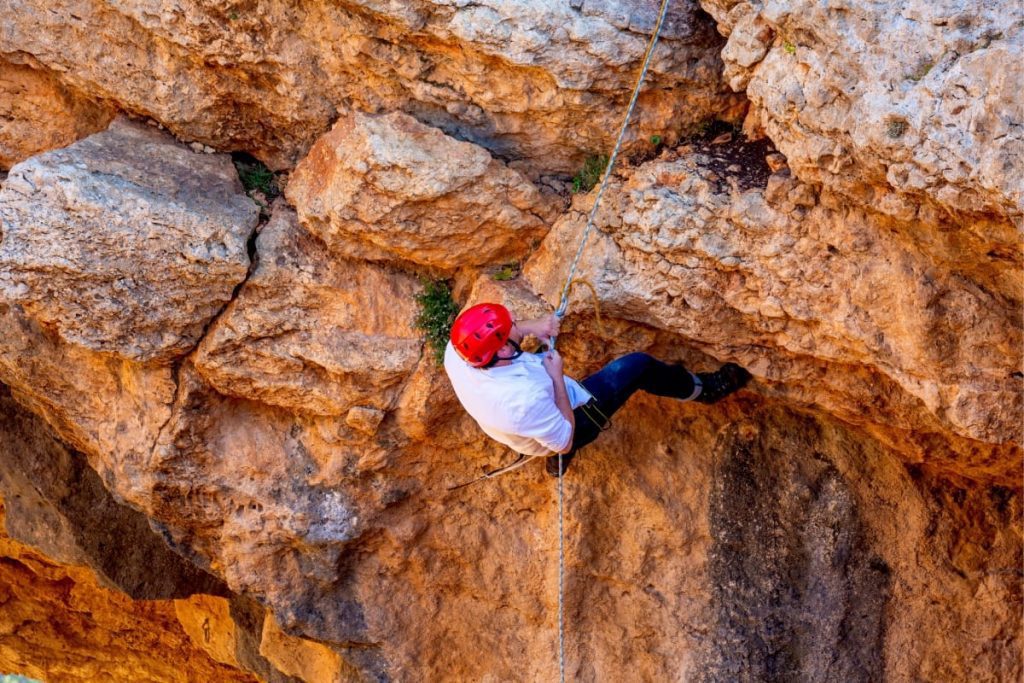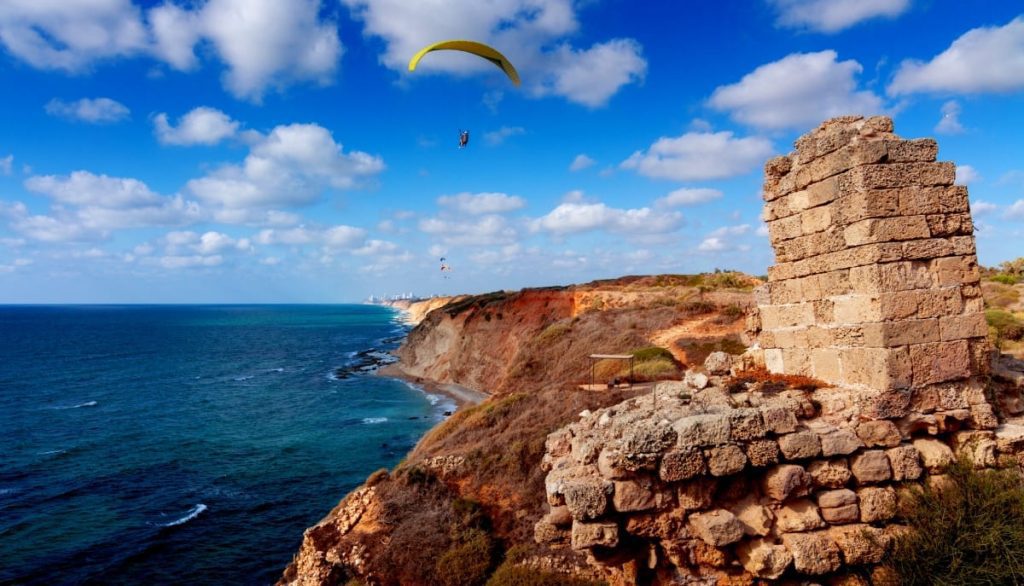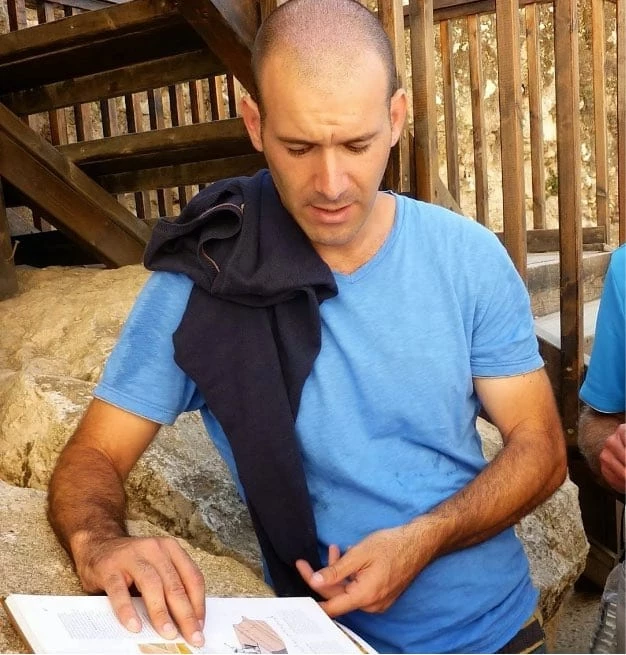Keshet Cave is the name of a geological attraction in the northern ridge of Betzet Reserve in the Western Galilee, in the area of Adamit Park. Despite the name of the place, today, it is not a cave. Geological processes have changed over the years what was a cave; its ceiling collapsed, and today it is a kind of large arch. Hence the name of the site. The unique shape of the Cave attracts many tourists and abseiling enthusiasts.

A Portal to the Past:
Keshet Cave is a testament to the geological history of the area, where layers of limestone, water, and erosion have collaboratively created a unique formation that resembles an immense natural arch. The cave’s entrance opens up like a majestic gateway, inviting exploration into the heart of the earth’s ancient processes.
Rock Climbing in Keshet Cave
In 2012, a number of European rock climbers visited the area and discovered the potential of Keshet Cave to become an international climbing site. This is due to the structure of the rock, its quality, and the fact that the cave was previously recognized as a climbing site by the Israel Nature and Parks Authority.
Extreme Sports in Israel

After the development of a large number of sporty climbing and abseiling routes (“abseiling”); the place was recognized among the international climbing community as a top climbing site. The site attracts mass climbers from Israel and worldwide every year and has even received coverage on websites.








